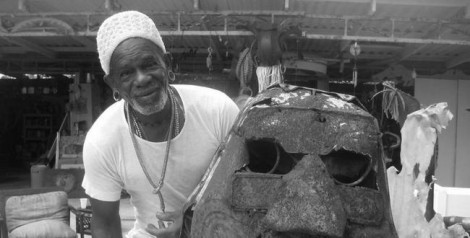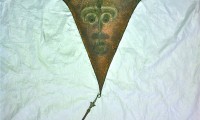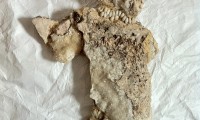Kirindongo, Yubi

After a hard youth, at the age of nineteen the fatherless Yubi Kirindongo left the Antilles as a stowaway on a freighter for Europe. After eventually arriving in Amsterdam -by way of Athens, Rome and Genoa- he found work as a hospital ward orderly, but also as a boxer. However, Kirindongo’s life took a turn for the worse, and he ended up on the seamy side of the 1960s petit bourgeois Dutch society, reaching it deepest point with a spell in prison. However, while serving his sentence, he came in contact with art. Kirindongo felt liberated after reading the life story of Caravaggio. The same hot-headedness, constantly having to watch his back, but still able to create magnificent works of art.
Yubi Kirindongo started painting when he was still in the Netherlands. In the mid-1970s he returned to Curaçao, where he discovered that he was more of a sculptor than painter, developing into a socially engaged artist who championed the far-reaching emancipation of the black population. Through his art, he has fought for the cause of social change.
Kirindongo works with scrapheap material and waste: he makes it arise from the ashes like a phoenix into splendid sculptures. He has the talent of combining all manner of diverse objects. His most prevalent themes are the freedom of mankind, the condemnation and combat of slavery, and the breathing of new life into something that appears to be ‘dead’.
Yubi Kirindongo is a cultural icon of Curaçao.
Lit.: Meijer zu Schlochtern, Thomas & Smit, Jennifer; Yubi Kirindongo. Rebelde di Alma i Kurpa, Arnhem 2014.
Yubi Kirindongo1946 Curaçao, Dutch Antilles -


